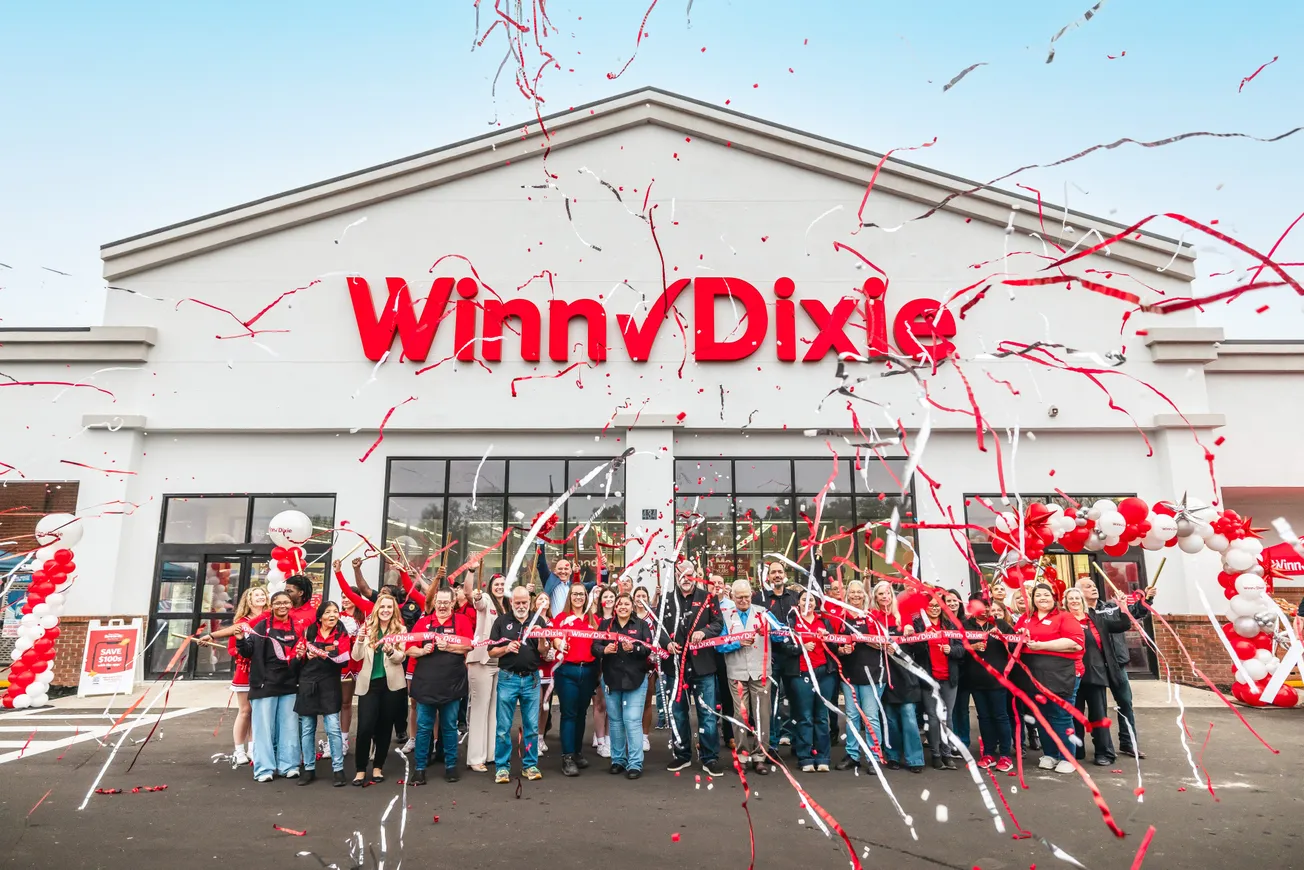The importance of building an accurate planogram can be taken for granted. It seems simple enough — place the products on the shelves in an organized manner so they are easily shoppable and look attractive. There’s more to getting it to that “easily shoppable” state than some may think — it’s rooted in data and expert intuition. Don’t take the art and science of planogram creation for granted. Here’s what you need to know.
 The “science” behind building a planogram is in the data it should be based upon. In order for it to meet sales objectives, point-of-sale data, alongside syndicated data, should be dissected as your starting point to ensure the product assortment will meet consumer demand now and in the future. A planogram is created at a point in time; however, the assortment it indicates is followed for three to 12 months depending on your category review calendars. Depending on the number of locations your chain has and the resources available, you may need to create planograms for regions or micro-target planograms for specific stores or demographic clusters.
The “science” behind building a planogram is in the data it should be based upon. In order for it to meet sales objectives, point-of-sale data, alongside syndicated data, should be dissected as your starting point to ensure the product assortment will meet consumer demand now and in the future. A planogram is created at a point in time; however, the assortment it indicates is followed for three to 12 months depending on your category review calendars. Depending on the number of locations your chain has and the resources available, you may need to create planograms for regions or micro-target planograms for specific stores or demographic clusters.
Science also factors into product arrangement on shelves because accurate product dimensions must be used in conjunction with correct display dimensions to ensure an accurate fit, whether it’s shelf, pegboard or other types of fixtures.
The art comes in by applying creative thinking that is rooted in a mix of experience and intuition. When new products are introduced, there isn’t sales history available on which to base your decision about whether it deserves shelf space. Instead, you have to rely on your experience and knowledge of the category, consumer behavior trends and economic indicators. Then there are additional measures to consider, such as promotional budget, brand reputation, innovation and long-term profitability of each item, to name a few. Although there are facts to reference, deciding to take a chance on new products can be a more subjective process, especially if the product addresses a trend or is from a new or little-known brand.
Art also factors into item arrangement on the display. Brand blocks are logical, as is strategic positioning of category captain items. From there you have to build an aesthetically pleasing, intuitive department that pairs items by segment and subcategory, while making smart cross-merchandising adjacencies that encourage incremental purchases.
Bad planograms result when these general guidelines aren’t followed. And ill-conceived planograms will be costly to both the manufacturer and retailer. A product assortment that isn’t based on sales history relevant to your store type and demographics of store locations will miss the mark and result in lower sales. New products that haven’t been vetted based on decision factors mentioned won’t succeed. Product sets that don’t fit on the display waste time during installation (costing labor hours) and either leave out profitable products by eliminating the wrong item or force unintended double-facings.
When lack of resources such as experienced retail analysts and/or costly space management software are part of the challenge to creating good planograms, seek trusted partners that have the expertise, software and data management tools to create planograms featuring assortments and days of supply indicators that will perform to sales expectations. There have been multiple times our category and space management experts have had to reengineer planograms for clients who may have used an outside company that didn’t have quality controls or the expertise to produce an accurate and executable planogram. Unfortunately, most of the time the shortcomings weren’t revealed until merchandisers were trying to set the planogram in store — the costliest time to realize a planogram is incorrect.
Planograms are key to profitable departments. They are an important tool that are foundational to creating a memorable in-store experience for your shoppers. When they aren’t well developed there will be consequences that are likely to cost money and/or cause a loss of revenue. Devote the time and resources to ensuring they are right.
Megan Moyer is an industry researcher and writer with HRG (Hamacher Resource Group Inc.).





